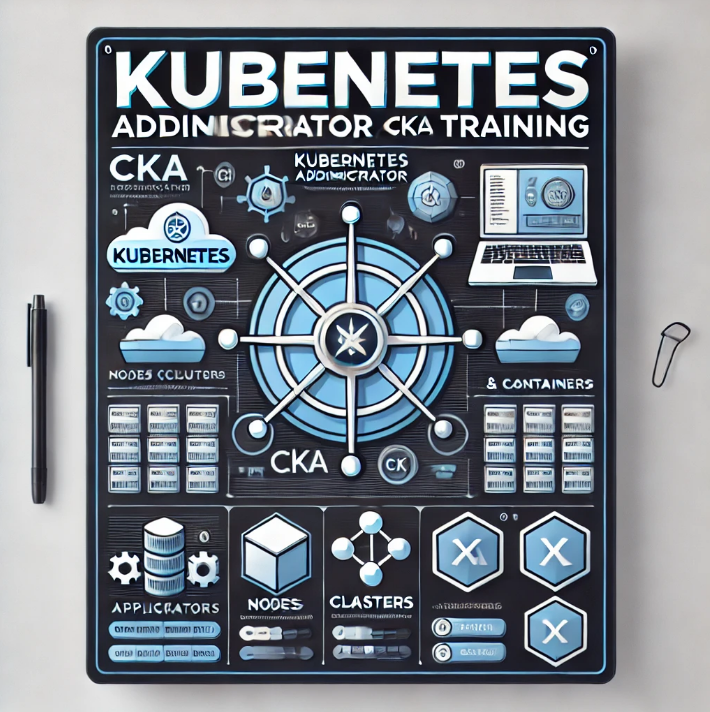Ethical Hacking Course
Thu, 10 Oct 2024

Follow the stories of academics and their research expeditions

Project management is crucial for achieving business goals efficiently and effectively. It involves organizing, planning, and managing resources to bring about the successful completion of specific project goals and objectives. In this article, we'll explore the key concepts of project management, its importance, and the tools and methodologies that can help you master it.
Project management is the process of leading a team to achieve all project goals within the given constraints. These constraints are often scope, time, and budget. The project lifecycle consists of five phases: initiation, planning, execution, monitoring, and closure.
Initiation: This phase involves defining the project, identifying stakeholders, and setting initial goals and objectives.
Planning: Detailed plans are developed, outlining how to achieve the project goals. This includes creating schedules, assigning tasks, and determining resource needs.
Execution: The project plan is put into action. Teams perform the tasks necessary to complete the project.
Monitoring: Throughout the project, progress is tracked to ensure everything stays on schedule and within budget. Adjustments are made as needed.
Closure: The project is completed, and a final review is conducted to identify lessons learned and ensure all deliverables are met.
Successful project management starts with setting clear objectives and goals. Define what you want to achieve and make sure these goals are specific, measurable, achievable, relevant, and time-bound (SMART).
Project planning and scheduling are also crucial. A detailed plan should outline the steps needed to reach the project goals, including timelines and milestones. Tools like Gantt charts can help visualize the project schedule and ensure that all tasks are accounted for. Resource allocation and budget management are vital. Ensure you have the right people, equipment, and materials to complete the project. Monitor the budget closely to avoid overspending and make adjustments as necessary.
Project management is important because it helps ensure that projects are aligned with business strategy. This alignment ensures that resources are used effectively and that the project contributes to the overall goals of the organization.
Managing risks and uncertainties is another key aspect. Projects often face unexpected challenges, and a good project management process includes identifying potential risks and having a plan to address them. Project management also enhances team collaboration and communication. By clearly defining roles and responsibilities and keeping everyone informed, teams can work more effectively and efficiently.
There are several methodologies for managing projects, each with its strengths and weaknesses. Two of the most popular are Waterfall and Agile.
Waterfall: This is a linear and sequential approach where each phase of the project must be completed before moving on to the next. It's straightforward to manage but can be inflexible.
Agile: This approach is iterative and flexible, allowing for changes and adjustments throughout the project. Agile methodologies like Scrum and Kanban emphasize collaboration, customer feedback, and small, incremental improvements.
Choosing the right methodology depends on the nature of your project and your team's needs. Agile is often preferred for projects that require flexibility and frequent updates, while Waterfall may be better for projects with well-defined requirements and deadlines.
Several tools can help you manage projects more effectively. Task management software like Trello and Asana helps keep track of tasks and deadlines. These tools provide a visual representation of the project and allow team members to collaborate and communicate easily.
Gantt charts and project timelines are also essential. They help you plan and visualize the entire project schedule, showing how tasks are related and when they need to be completed.
Communication and collaboration tools like Slack and Microsoft Teams are important for keeping everyone connected and informed. They allow for real-time communication and file sharing, which can improve teamwork and efficiency.
Managing a project is not without its challenges. One common issue is scope creep, which occurs when the project's scope expands beyond its original objectives. This can lead to delays and increased costs. To manage scope creep, it's important to have clear, agreed-upon objectives and a process for handling changes.
Balancing time, cost, and quality is another challenge. Often, projects must be completed quickly and within budget while maintaining high-quality standards. Effective planning and monitoring can help achieve this balance. Handling stakeholder expectations is also crucial. Stakeholders may have different ideas about what the project should achieve. Clear communication and regular updates can help manage these expectations and ensure everyone is on the same page.
In conclusion, project management is essential for achieving business success. By understanding the key concepts, using the right tools, and following best practices, you can manage projects effectively and efficiently. The evolving role of project management will continue to be a critical factor in business success, helping organizations achieve their goals and deliver value to their stakeholders.
Thu, 10 Oct 2024

Sun, 22 Sep 2024

Sat, 21 Sep 2024
